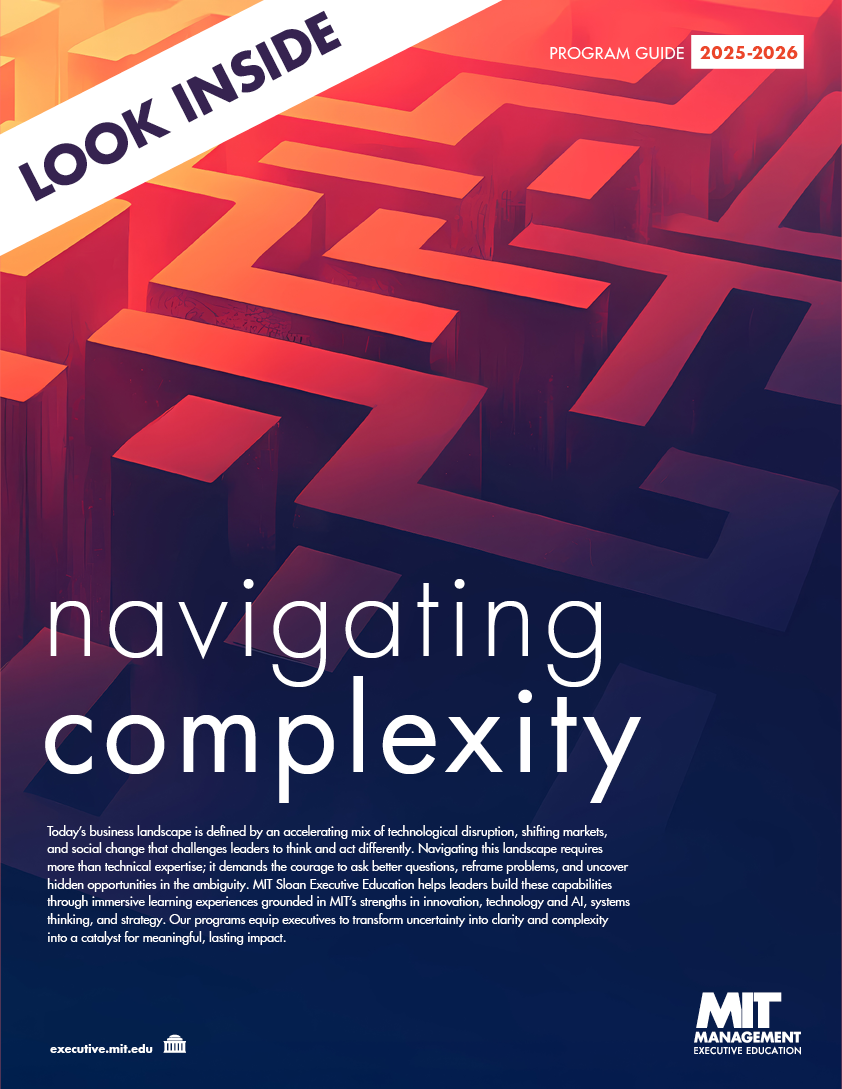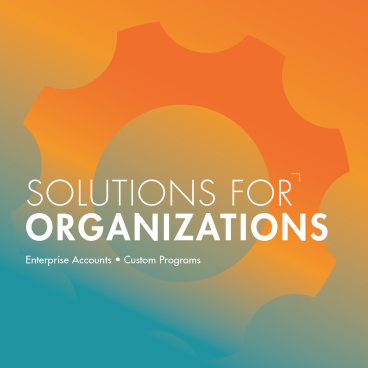Moderating a recent LinkedIn Live webinar with my MIT Sloan colleagues, Don Kieffer, Senior Lecturer in Operations Management at MIT Sloan, and Nelson Repenning, Faculty Director of the MIT Leadership Center, gave me the chance to revisit one of the most enduring insights from their work: organizational processes and initiatives, e.g., big change initiatives rarely fail because they lack good ideas. They fail because their systems of work are not designed to let those ideas thrive.
Nelson and Don call their approach Dynamic Work Design, a set of practices they explore in detail in their new book, “There’s Got to Be a Better Way: How to Deliver Results and Get Rid of the Stuff That Gets in the Way of Real Work.” It is rooted in the recognition that the world is not static! Plans and budgets assume stability, but in reality, markets shift, technology evolves, and unexpected disruptions arise.
See More: Watch the “Dynamic Work Design: A New Way of Working” webinar to hear practical examples and audience discussion of the concept and how leaders can start applying it.
When formal processes break down, well-intentioned and committed employees often start to improvise. They create workarounds that may keep things afloat in the short term but quietly erode the organization in the long term.
Dynamic Work Design offers an alternative: principles for structuring work so that problems are surfaced, shared, and solved in ways that strengthen capability. During our discussion, Nelson and Don outlined five key principles.
1. Solve the right problem, the right way.
Organizations often solve problems hastily or misidentify the real issues. Dynamic Work Design insists on using structured methods to ensure that when we fix something, we fix the right thing, do it correctly, and that we learn from the experience.
2. Structure for discovery.
Day-to-day work teaches us lessons, but those lessons can be misleading if the work itself is poorly structured. By setting clear targets and defining activities carefully, leaders can help ensure that employees learn what is actually useful, rather than internalizing unproductive habits.
3. Connect the human chain.
Problems should be directed to the people best positioned to solve them. On Toyota’s factory floor, that’s the function of the Andon cord. Originating from the Toyota Production System (TPS) and Lean manufacturing, “Andon” is a Japanese word for a lantern or signal light. In factories, the Andon cord is a literal length of cord (sometimes a button) that workers pull when they detect a problem, triggering a visual and/or audible alert (lights, alarms), which stops the production line so the problem can be addressed immediately. In knowledge work, such clear pathways rarely exist. Establishing them prevents problems from languishing unseen or being hidden out of fear.
4. Regulate the flow.
Overloading organizations creates a culture of firefighting, where no one has time to reflect or improve. By pacing the flow of work, leaders create the slack necessary for meaningful problem-solving and capability building.
5. Visualize the work.
Perhaps the most intuitive principle of the five, it calls for making invisible knowledge work visible. Whether through whiteboards, sticky notes, or digital tools, teams need a shared “radar screen” that shows where the work is moving, where it is stuck, and where attention is needed.
More than a toolkit
Together, these principles provide a way of thinking, encouraging leaders to see beyond hierarchical charts and static processes, and instead focus on the dynamic interactions that actually determine whether work flows smoothly or gets stuck.
What I found highly compelling in the webinar was how Nelson and Don balance theory and practice. Nelson, an academic, frames these principles with decades of research across industries, while Don, a practitioner, grounds them in lived experience, from his early days running machinery to leading at Harley-Davidson. That combination ensures the principles are both intellectually rigorous and operationally realistic.
For a deeper understanding of the topic and to learn more from Don, Nelson, and other faculty, check out these two courses: Visual Management for Competitive Advantage: MIT’s Approach to Efficient and Agile Work and Business Process Design for Strategic Management.








